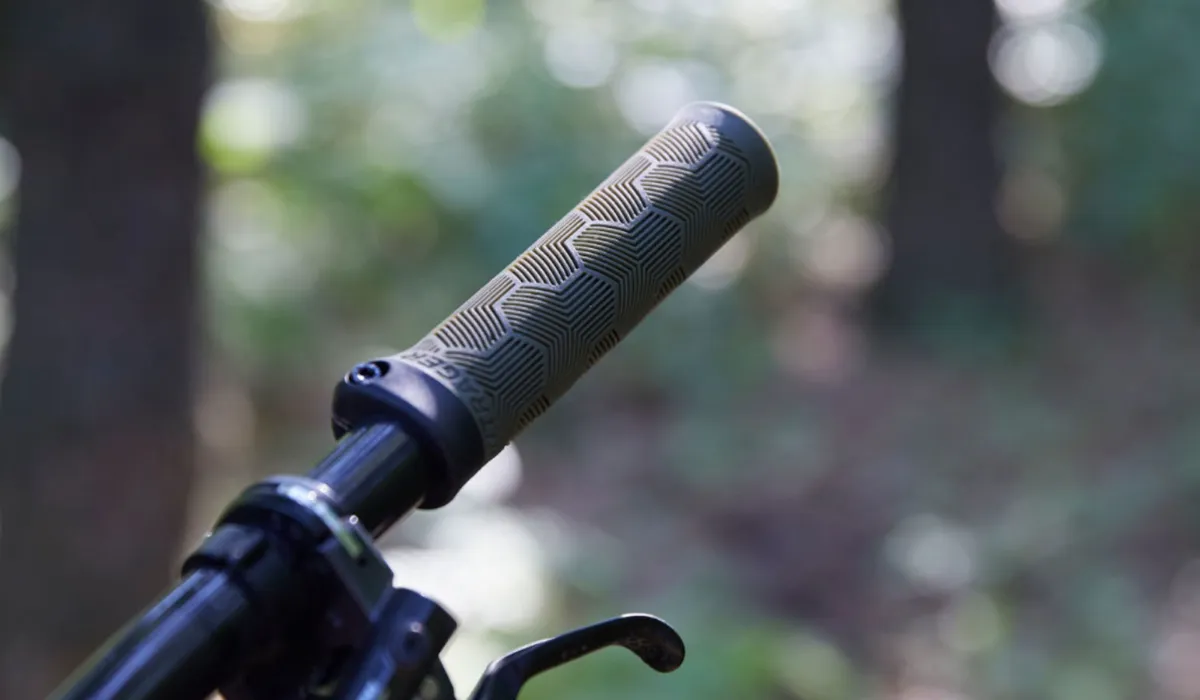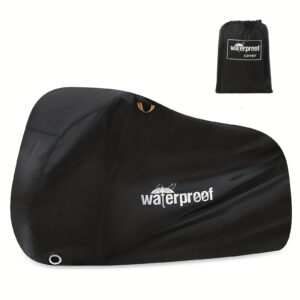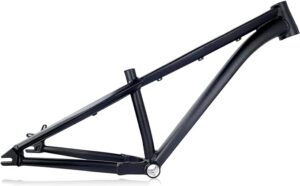When it comes to choosing the right bicycle handlebar grips, one of the most fundamental decisions you’ll face is the choice between rubber and silicone grips. These two materials offer distinct advantages and characteristics, and understanding their differences can help you make an informed decision.
1. Material Composition
Rubber Grips: Rubber grips are typically made from natural or synthetic rubber compounds. They are known for their durability and resistance to wear and tear. Rubber grips can vary in hardness, offering options from soft and comfortable to harder, more durable choices.
Silicone Grips: Silicone grips, on the other hand, are made from a synthetic polymer, silicon. They are known for their soft and rubbery texture. Silicone grips are often pliable and offer a comfortable, non-slip surface.
2. Comfort and Vibration Dampening
Rubber Grips: Rubber grips are excellent for dampening vibrations from the road or trail. The softness and flexibility of rubber make them a preferred choice for riders who prioritize comfort, especially on longer rides.
Silicone Grips: Silicone grips are also comfortable but are known for a different kind of softness. They provide a more cushioned and tactile feel, which some riders prefer.
3. Durability
Rubber Grips: Rubber grips are durable and resistant to abrasion, making them an excellent choice for riders who want long-lasting grips. They can withstand a variety of weather conditions and are less likely to degrade over time.
Silicone Grips: Silicone grips are less durable in terms of wear resistance when compared to rubber. They can become tacky over time, especially in hot weather. However, they are still known for their longevity and resilience.
4. Grip in Wet Conditions
Rubber Grips: Rubber grips tend to maintain their grip in wet conditions. They do not become slippery when wet, which is essential for riders who frequently encounter rain or ride in muddy terrain.
Silicone Grips: Silicone grips also maintain their grip in wet conditions and offer a non-slip surface, making them a suitable choice for all-weather riding.
5. Maintenance
Rubber Grips: Rubber grips are relatively low maintenance. They are easy to clean and require minimal care to maintain their grip and appearance.
Silicone Grips: Silicone grips may require more maintenance to prevent them from becoming sticky or tacky, especially in hot weather. Regular cleaning and the use of grip-enhancing products may be necessary.
6. Cost
Rubber Grips: Rubber grips are often more cost-effective than silicone grips. They provide excellent value for riders who want a durable and comfortable grip without breaking the bank.
Silicone Grips: Silicone grips are generally priced slightly higher than rubber grips due to the unique characteristics and material costs. However, they are still affordable and offer good value for their comfort and grip.
The choice between rubber and silicone bicycle handlebar grips ultimately depends on your personal preferences and riding style. Rubber grips are favored for their durability and vibration dampening, while silicone grips are known for their softness and tactile feel. Consider the specific needs of your cycling adventures and prioritize characteristics such as comfort, grip, and durability when making your decision. Both rubber and silicone grips have their advantages, and choosing the right one will enhance your overall riding experience.






